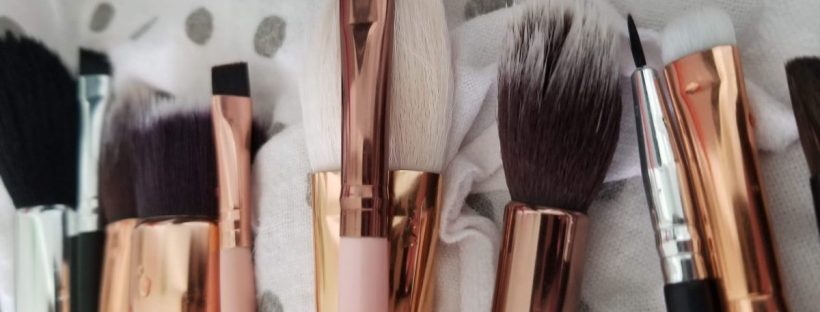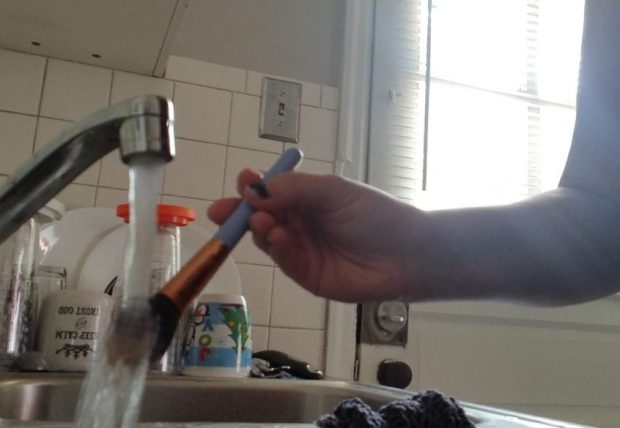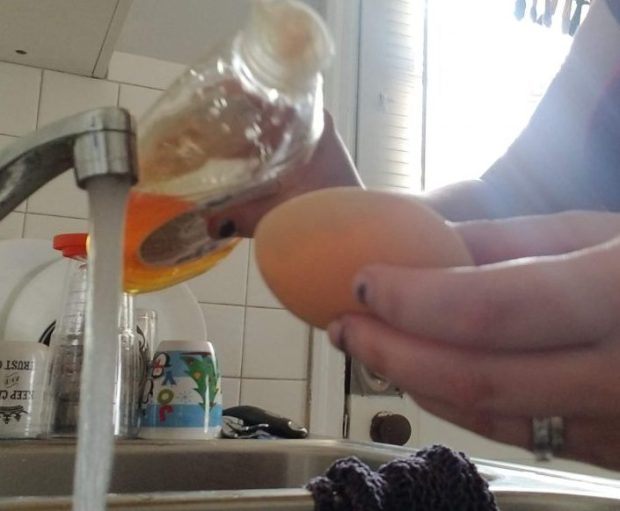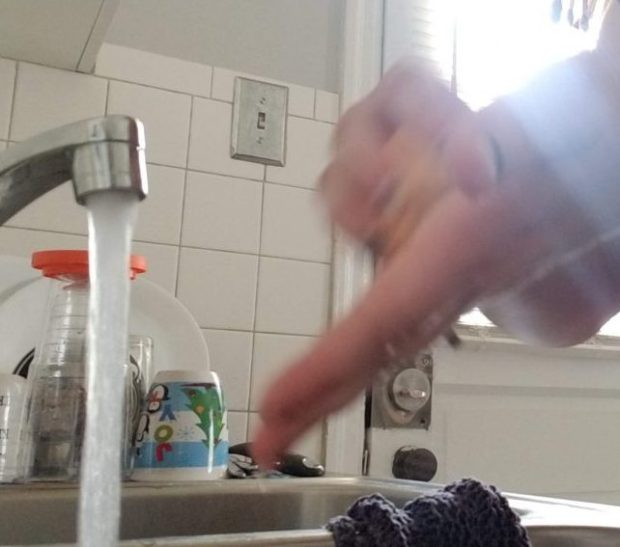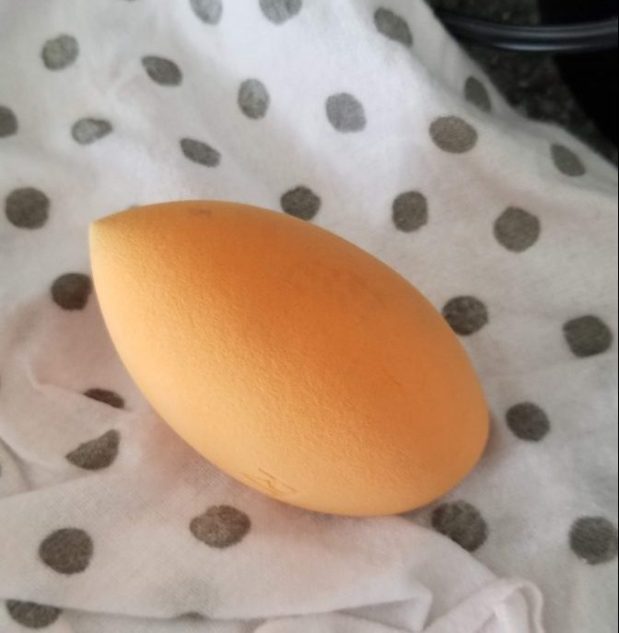Your skincare is always going to be unique to you. Everyone’s skin is different and will react differently to different products. So there will always a trial and error process to finding your skincare.
And remember – what worked for you as a teenager will not always work for you as an adult. Your skin changes with you. Your skin during puberty will be different than it will be after. Pregnancy will change your skin chemistry – sometimes temporarily, sometimes permanently. Even something as simple as your period can change your skin’s composition.
Find Your Skin Type
This is the absolute most important part of your skin care routine. It will inform the kinds of products you’re going to get. It’s one of the primary reasons that there are so many different types of skincare!
Personally, I have normal-dry skin. It’s mostly normal, but tends towards dryness more than oiliness. This article from Tatcha has two great ways to figure out your skin type!
You have to be extra careful if you have sensitive skin because products can cause your skin to break out or burn, or you could even end up with hives or something more serious. If products have caused you to have reactions before, make sure you’re purchasing items that are good for sensitive skin.
Establish Your Basic Routine
Every routine should have at least these four things:
- Cleanser
- Exfoliator
- Toner
- Moisturizer
When choosing a cleanser, ensure that it works with your skin type. Some cleansers are more moisturizing, which is great for drier skin but really bad for oily skin. Some are extremely strong and on normal or dry skin it feels like your skin has been stripped of all of it’s moisture and nourishment.
An exfoliator is a product that you use 1-3 times a week, depending on the product and your skin. These types of products, be they chemical or physical exfoliants, will help remove dead skin cells from your face to reveal bright, healthy skin underneath. Be careful with these though, some exfoliating products are very harsh and can leave cuts on your skin. Make sure you’re using something gentle.
Toners will help remove any other makeup or dirt from your skin, as well as help balance your skin. Most toners are based in witch hazel, which is not ideal for dry skin. If your skin is dryer, search for something more hydrating.
Moisturizer will add or lock in moisture. Dry skin will need very strong, thick moisturizers. Oilier skin will want a more lightweight, barely there type of moisturizer. Don’t make the mistake of thinking oily skin doesn’t need moisturizer! Everyone needs a good moisturizer.
Establish Your Specific Concerns
When choosing those products, you should also figure out what other concerns you want them to help with such as:
- Acne/Blemishes
- Rosacea
- Scarring or dark spots
- Wrinkles
- Dark under eye circles
- Puffy Eyes
Now sometimes you can’t get help with these particular concerns in your products. That’s when you supplement with other products. For example, if you have dark and/or puffy eyes, find an eye cream that will target these issues. Serums tend to be where you get most of your wrinkle reducing or brightening benefits.
Another area where you can add some of those benefits are in your masks. Doing face (and eye) masks regularly can add some of the brightening, moisturizing, acne fighting, or wrinkle reducing benefits to your regular routine.
My Skincare Routine
Now my skincare routine is very changeable. For the sake of blogging, I try a LOT of different products. But I’ll just put the ones I’m currently using so you can get an idea of how my routine goes.
Cleanser – Fresh Soy Cleanser
Exfoliator – The Better Skin Co. Lava Magik
Toner – Boots Botanics Organic Toning Spritz
Moisturizer – Glow Recipe Banana Bright Moisturizer
Supplemental Products – Glow Recipe Watermelon Glow Sleeping Mask, Zatik Relief Eye Serum
I hope this was helpful for you guys! Let me know what your skincare routine looks like in the comments!





